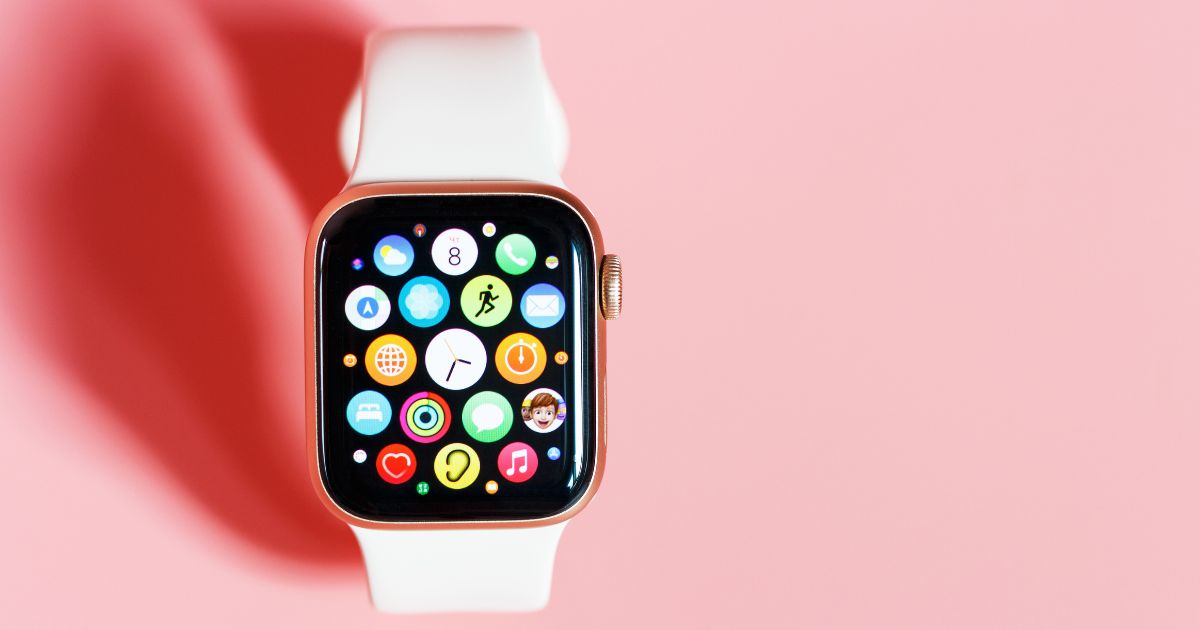The Smartwatch Market refers to the global industry involved in the design, manufacturing, and distribution of smartwatches, wearable devices that offer functionalities beyond timekeeping, such as health tracking, notifications, and communication. Smartwatches have gained popularity in recent years due to advancements in technology, increasing consumer demand for fitness and health monitoring, and the growing ecosystem of compatible apps and services. This article provides an overview of the smartwatch market, including key players, market trends, and future prospects.
Market Overview
Smartwatches combine the functionality of traditional wristwatches with the capabilities of smartphones, allowing users to access a range of features directly from their wrists. These features may include:
- Fitness and Health Tracking: Smartwatches can monitor physical activity, heart rate, sleep patterns, and other health metrics, providing users with insights into their fitness levels and overall well-being.
- Notifications and Alerts: Smartwatches receive notifications for calls, messages, emails, and app alerts, allowing users to stay connected without having to check their smartphones.
- Communication: Some smartwatches support voice calls, text messaging, and voice assistants, enabling hands-free communication on the go.
- Apps and Customization: Smartwatches offer access to a wide range of apps, including weather updates, navigation, music playback, and productivity tools. Users can customize watch faces, widgets, and settings to suit their preferences.
Key Players
The smartwatch market is dominated by several key players, including:
- Apple: Apple’s Apple Watch is one of the most popular smartwatches globally, known for its integration with the iOS ecosystem, health tracking features, and sleek design.
- Samsung: Samsung offers a range of smartwatches under its Galaxy Watch series, featuring various designs, sizes, and functionalities, including fitness tracking, LTE connectivity, and rotating bezels for navigation.
- Fitbit (now part of Google): Fitbit specializes in fitness-focused smartwatches, such as the Fitbit Versa and Fitbit Sense, which emphasize health tracking features such as heart rate monitoring, sleep tracking, and stress management.
- Garmin: Garmin produces smartwatches tailored for outdoor activities, sports, and fitness, with features such as GPS navigation, activity tracking, and performance metrics for athletes.
Other notable players in the smartwatch market include Huawei, Xiaomi, Fossil Group, and Amazfit.
Market Trends
Several trends are shaping the smartwatch market:
- Health and Wellness Focus: Smartwatches are increasingly marketed as health and wellness devices, with advanced features for tracking physical activity, monitoring vital signs, and providing insights into overall health.
- Fashion and Design: Smartwatches are evolving beyond their functional capabilities to become fashion accessories, with customizable designs, interchangeable bands, and collaborations with fashion brands.
- LTE Connectivity: The integration of LTE connectivity in smartwatches allows for standalone operation, enabling users to make calls, send messages, and stream music without needing to pair with a smartphone.
- Battery Life and Charging: Improvements in battery life and charging technologies, such as fast charging and extended battery modes, address one of the primary concerns of smartwatch users.
- Integration with Ecosystems: Smartwatches are increasingly integrated with broader ecosystems of devices, apps, and services, allowing for seamless connectivity and synchronization with smartphones, tablets, and other smart devices.
Future Prospects
The future of the smartwatch market looks promising, with continued innovation and adoption expected across various sectors. Key areas of growth and development include:
- Healthcare and Medical Applications: Smartwatches have the potential to play a significant role in healthcare, with applications for remote patient monitoring, chronic disease management, and early detection of health issues.
- Wearables in the Workplace: Smartwatches are increasingly used in professional settings, with applications for employee productivity, safety monitoring, and task management.
- Evolving Form Factors: Advances in materials, displays, and form factors may lead to new designs and functionalities in smartwatches, including flexible displays, augmented reality (AR) capabilities, and enhanced durability.
- Ecosystem Integration: Smartwatches will continue to integrate with broader ecosystems of connected devices, smart home systems, and digital services, offering users a seamless and interconnected experience.


